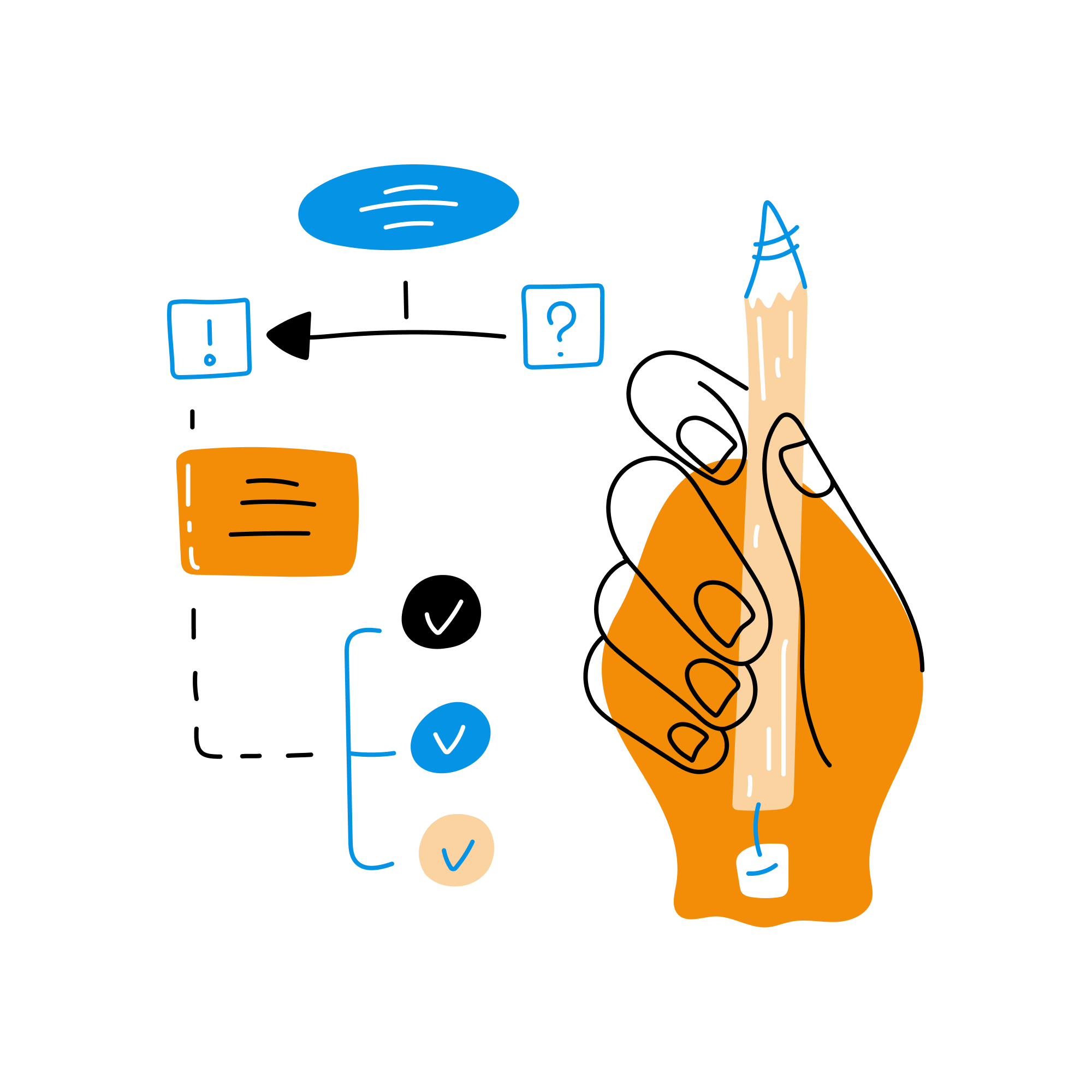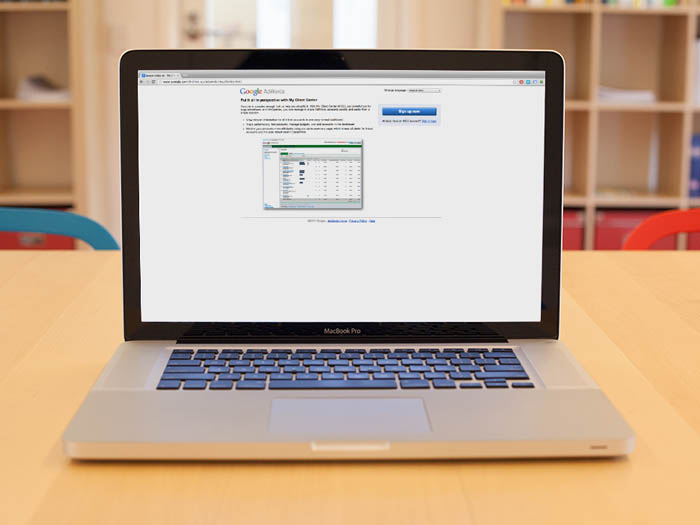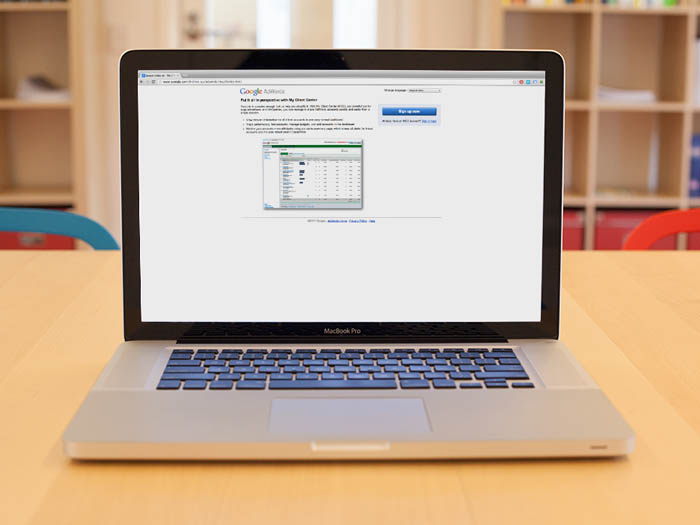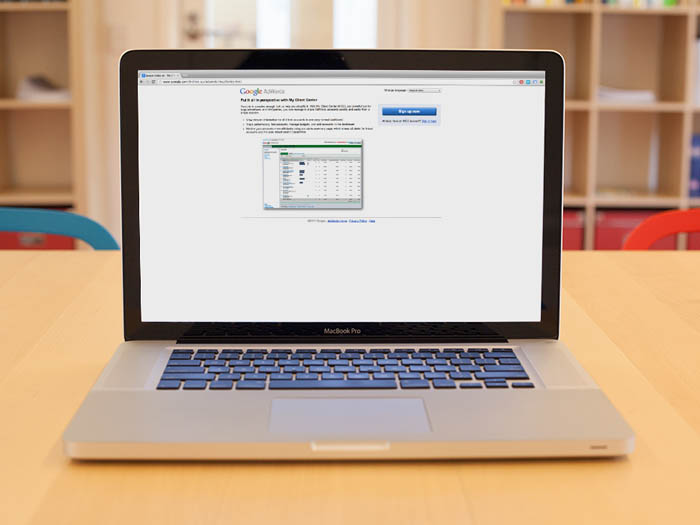Maximize Your Revenue with Google Ads
Loves Data
Google Ads is a powerful tool for reaching your target audience and increasing revenue. By creating targeted ad campaigns, you can ensure your products or services are seen by those most likely to be interested in them. With the right approach, Google Ads can provide a high return on investment and drive growth for your business.
Understanding which metrics to track and how to interpret them can help you make data-driven decisions that lead to continued success.
Understanding Google Ads: The Basics
Google Ads is a versatile platform designed to help businesses reach their target audience through paid advertising. It works on a pay-per-click (PPC) model, where you only pay when someone clicks on your ad. This makes it cost-effective to drive traffic to your website and increase sales.

Understanding the different ad types is essential when starting with Google Ads. Search ads appear at the top of Google search results when users search for specific keywords. Display ads, on the other hand, are visual ads that appear across Google's Display Network, including websites and apps. Video ads can be shown on YouTube and other video platforms, while Shopping ads promote your products directly in search results.
To set up your first campaign, create an account on Google Ads and choose your campaign goal. Goals could range from increasing website traffic to driving sales. Next, select the type of ads you want to run and identify your target audience by setting parameters like location, age, and interests. Then, choose your keywords—these terms users will search to trigger your ads to appear.
Budgeting is also a crucial part of managing Google Ads. Decide how much you're willing to spend daily or monthly. Google Ads provides tools to help you estimate the number of clicks and impressions you can expect based on your budget. Properly setting up your Google Ads campaign ensures that your ads reach the right audience and maximize your investment.
Crafting Effective Ad Campaigns: Tips and Strategies
Creating effective Google Ads campaigns involves more than just setting up an account and choosing some keywords. Your ads must be compelling and relevant to stand out in a competitive marketplace. Here are some tips and strategies to help you craft winning campaigns.

First, focus on writing strong ad copy. Your headlines should be attention-grabbing and directly related to what the user is searching for. Use clear and concise language that highlights the benefits of your product or service. Include a strong call-to-action (CTA) that encourages users to click on your ad, such as "Shop Now" or "Learn More."
Keyword selection is another critical aspect. Conduct thorough keyword research to identify terms your target audience is searching for. Use tools like Google Keyword Planner to discover keywords with high search volume and low competition. Incorporate broad and long-tail keywords in your campaign to capture a wide range of search intents.
Assets, previously called ‘Ad Extensions’, can also enhance your campaigns by providing additional information without taking up extra space. Assets like sitelinks, callouts, and structured snippets can increase your ad's visibility and click-through rate. For example, adding a call asset can make it easier for users to contact your business directly from the ad.
Finally, regularly monitor and adjust your campaigns. Check the performance metrics such as click-through rate (CTR), conversion rate, and return on ad spend (ROAS). Make data-driven decisions to tweak your keywords, adjust your bids, and refine your ad copy. A well-crafted and managed ad campaign can significantly boost your results and revenue.
Utilizing Advanced Features for Better Performance
Google Ads offers several advanced features that can help you maximize your campaign’s effectiveness. One of these features is remarketing. Remarketing allows you to show ads to users who have previously visited your website but have yet to complete a desired action. You encourage them to return and convert by reminding them about your offerings. Setting up remarketing lists and creating tailored ads for those segments can significantly boost conversion rates.

Another feature to consider are Performance Max campaigns. These campaigns automatically manage targeting and adjust ads to fit different devices and placements. By inputting multiple headlines and descriptions, Google Ads will test different combinations and learn which ones perform the best. This helps you create highly efficient campaigns that are optimized for user engagement.
Using automated bidding strategies can further enhance your performance. Automated bidding uses machine learning to optimize your bids for maximum conversions. You can choose from several computerized strategies based on your specific goals, such as Target CPA (Cost Per Acquisition), Target ROAS (Return on Ad Spend), and Maximize Conversions.
Measuring and Analyzing Your Results for Maximum ROI
Measure and analyze your results to get the most out of your Google Ads campaigns. Start with Google Ads’ built-in reporting tools to track key metrics like click-through rates (CTR), conversion rates, and cost-per-click (CPC). These metrics provide a clear picture of your ads' performance and where improvements can be made.
Setting up conversion tracking is crucial. It allows you to see which ads and keywords drive valuable actions on your website, such as purchases or form submissions. This data is vital for making informed decisions about where to allocate your budget and which strategies to refine or discontinue.
Use Google Analytics alongside Google Ads for deeper insights. Linking Google Ads with Google Analytics gives you access to additional data, such as bounce rates and average session duration, helping you understand user behavior post-click. This information can guide optimizations to your landing pages and overall user experience.

Conduct A/B testing regularly to compare different versions of your ads—test elements like headlines, ad copy, and CTA buttons to see which variations perform better. Even minor adjustments can significantly impact your results.
Lastly, create custom reports that focus on your specific goals and KPIs. Review these reports regularly to track your progress and make data-driven campaign tweaks. Continuous monitoring and optimization are crucial to achieving maximum ROI from your Google Ads investment.
Conclusion
Mastering Google Ads requires a solid understanding of the basics, practical strategies, and the utilization of advanced features. By comprehending how the platform works and setting up your campaigns thoughtfully, you lay the groundwork for success. Crafting compelling ad copy and leveraging extensions and remarketing can enhance your campaign’s effectiveness.
Regular measurement and analysis of your campaign’s performance are essential for maximizing ROI. Use tools like Google Analytics and conversion tracking to gain insights and make data-driven decisions. A/B testing and custom reporting will help you continually refine your strategies for the best results.
These steps ensure your ads reach the right audience and deliver the desired outcomes. Explore our Google Ads courses at Loves Data for more in-depth guidance and training. Equip yourself with the skills needed to become a Google Ads expert and drive significant growth for your business. Start your journey with Loves Data today!




Comments